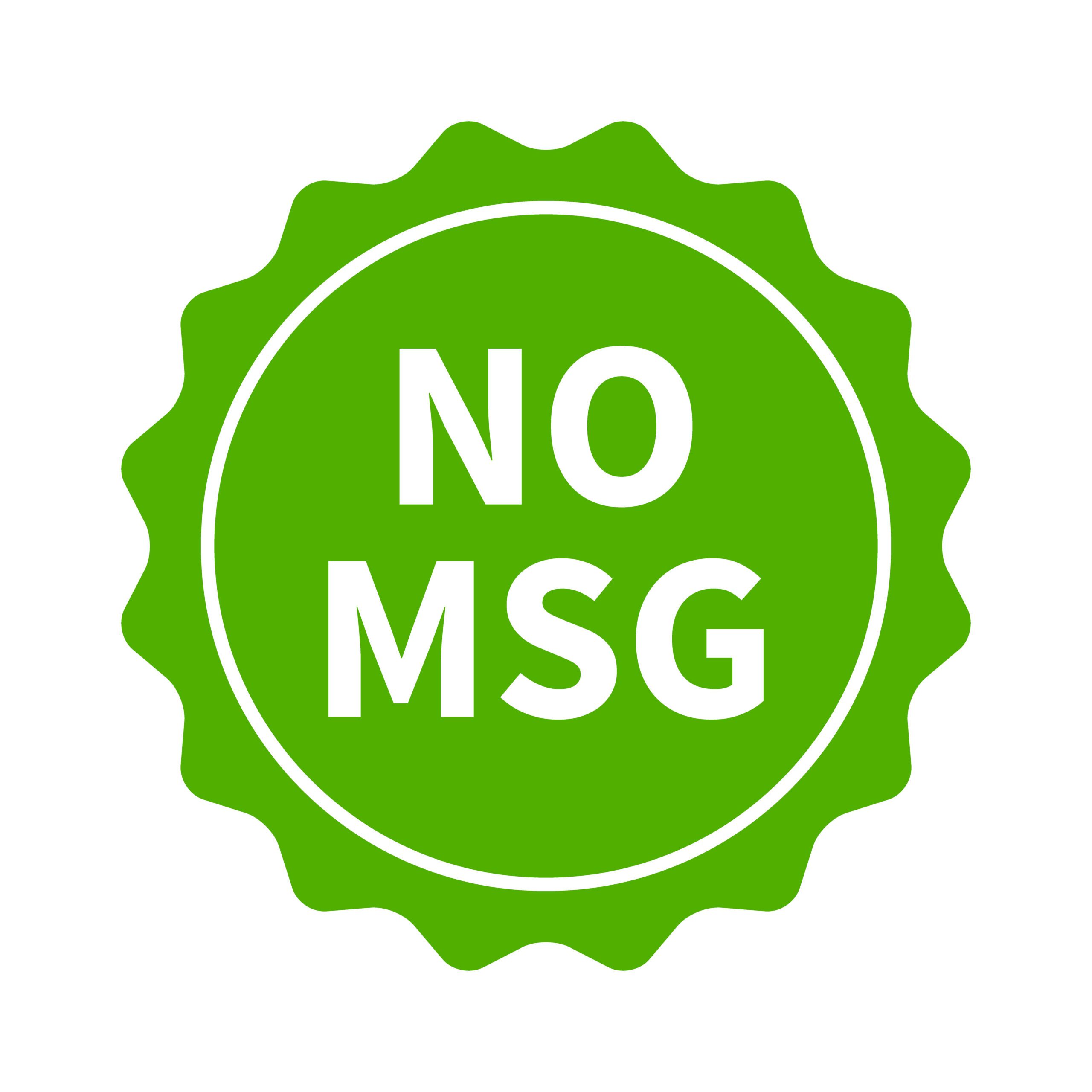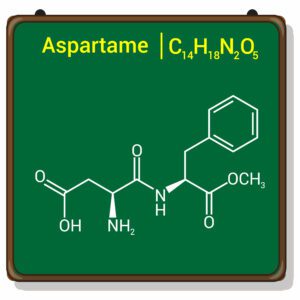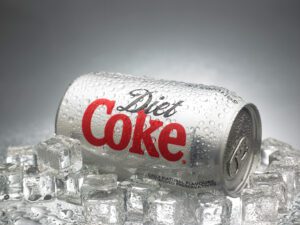MSG: The Food Industry’s Hidden (and Addictive) Ingredient that’s Slowly Killing You
January 11, 2016
 590
590 
Here’s the reality: that ingredient is MSG, the nasty little acronym that you might associate with American-style Chinese food. Thanks to some recent whistle-blowing in the food industry, MSG has finally received the bad connotation it deserves, ranking up there with trans fat as one of those nutritional no-no’s that you’re sure you shouldn’t have, even if you’re not sure why. And yet, MSG is still rampant in our restaurants and food brands, disguised by other names and vague labels.
With all this ambiguity, most people do not know exactly what MSG is, or the extent to which it contributes to obesity and allergy-induced conditions. Despite compelling research on its damaging effects, the FDA seems to turn a deaf ear and has yet to regulate how or how much MSG is being used in America’s food. As long as this preservative keeps slipping past the red tape, the consumer awareness might be the only buffer against what some scientists are calling a “slow poison.”
Mono-Sodium Glutamate, or MSG, is a food additive and flavor enhancer derived from the naturally occurring glutamic acid. But, in this case, the word “natural” does not necessarily equate to “healthy.” MSG has been linked to side effects such as migraine headaches, chest pain and mouth numbness that are collectively referred to as Chinese Restaurant Syndrome. This nickname is a little misleading; Chinese food restaurants are commonly known for using the additive but it is not exclusive to that cuisine. In fact, MSG is more prevalent that we would like to think; from fast food joints like Burger King to sit-down restaurants like Chili’s to popular pantry staples like Campbell’s soup, so much of our everyday fare is chock-full of this sneaky preservative.
The food industry is quick to dismiss the side effects as an isolated allergic reaction to the ingredient. Their general stance: if you can’t eat it, don’t. If only it were that easy. MSG is not always labeled as such for easy identification. It is also calledhydrolyzed vegetable protein or natural meat tenderizer or identified by brand names like Accent and Ajinomoto. Without regulation, food companies don’t have to specify the additive, leaving the consumer to play Russian Roulette with their food sensitivities.
Even if you don’t experience any of these symptoms, it doesn’t mean you’re safe from MSG’s gradual wrath. Recent studies strongly suggest that this specific preservative could be behind those unhealthy additional pounds. Since as early as 1978, hundreds of scientific studies have looked into MSG’s connection to the obesity epidemic and the results have been shocking. They used mice and rats to simulate how a human might react to the preservative over time. They injected the MSG into the rodents when they were first born and continued to feed them the same diet as untreated rodents to create a level comparison. The MSG-treated rodents became grossly obese, whilst their untreated colleagues stayed svelte. Because no strain of rodent is naturally obese, this reaction was likely an exclusive result of the MSG, which triples the amount of insulin produced in the pancreas. This reaction also makes it a huge risk factor for diabetes.
With these studies generating so much bad press, one would think food companies would be quick to nix the ingredient; but not all have, leaving us to wonder what about the ingredient makes it worth the flack. It turns out, MSG could be the best thing for their bottom line, by appealing to consumer taste buds. In addition to being a preservative, MSG is also a flavor-enhancer and food manufacturers maintain that it makes their products taste better and, thus, makes consumers eat more. In his bookThe Slow Poisoning of America, University of Waterloo research assistant John Erb called MSG an addictive substance, like a drug that is slipped into the food to get you hooked. He said it is no secret that the preservative has addictive properties, and that is exactly why manufacturers are so adamant on its use. It would almost be like asking cigarette companies to lose the nicotine, or beer companies to take out the alcohol; yes it would be better for public health, but it would cause them to lose that lucrative edge. How can they get away with it? It’s likely a money matter; big media outlets and health offices are hesitant to expose MSG because they rely on the financial support of big food manufacturers. It’s the same dance they’ve been sharing with Big Tobacco for years, but it doesn’t mean they’re not well aware of the risks. When Erb shared his concerns with one of Canada’s top government health officials, the official responded, “Sure, I know how bad MSG is. I wouldn’t touch the stuff.” Unfortunately, he can’t share what he knows with the public.
MSG may be a flavor enhancer, but these politics should leave a bad taste in your mouth. It is another reminder that when it comes protecting our health, we can’t always count on the government or the manufacturers to take action. In this pre-packaged culture, we have a greater responsibility to be judicious consumers; that means reading labels, asking questions, opting for fresh ingredients whenever possible. We do not need to become victims of food industry deception, lab rats forced into consuming a detrimental ingredient. The rodents didn’t have a choice on MSG, but you do.

A new study suggests that a widely used sugar substitute found in diet sodas, chewing gum, and low-sugar yogurt may elevate insulin levels. This could increase the long-term risk of heart disease. “Artificial sweeteners have infiltrated nearly all types of food, making it crucial to understand their long-term health effects,” said Yihai Cao, senior author […]

Diet Coke has long been a fan-favorite among soda lovers who want a fizzy, guilt-free alternative to traditional soft drinks. While its zero-calorie, zero-sugar label makes it seem like a healthier option, the reality is far more concerning. Despite its undeniable popularity, Diet Coke’s nutritional profile has raised red flags among health experts for years. […]

New study shows that embracing an anti-inflammatory, plant-forward diet can support cognitive function and help reduce the risk of dementia. What You Eat Shapes Your Brain The food you eat doesn’t just impact your body—it also affects your brain. Research suggests that eating an anti-inflammatory, plant-based diet can help improve memory, focus, and overall brain […]